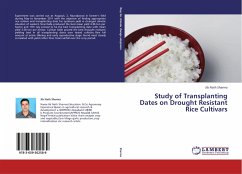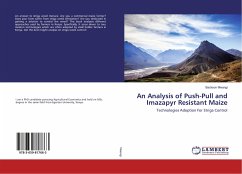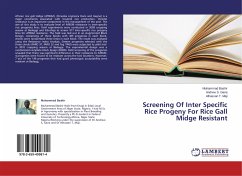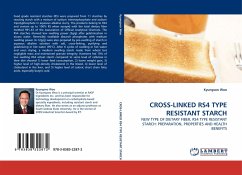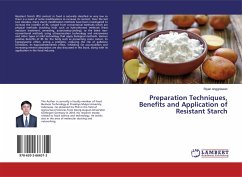India's seismic hazard is highly understated; over 60% of India is under the threat of moderate to severe seismic hazard. Some of the largest earthquakes of the world have occurred in India and the earthquake engineering developments in the country started rather early. The institutional development started in the late 1950's and earthquake engineering concepts have been applied to numerous major projects in high seismic regions in the country. Extensive damage during several moderate earthquakes in recent years indicate that despite such early gains, earthquake risk in the country has been increasing alarmingly. The research project aims to develop a generic decision theoretical framework for the consistent quantitative and rational management of earthquake risks in different situations. Different techniques have been told to design economical structures, basically for farmers and peoples who cannot afford high-tech structures. These techniques have been proved to be very effective in reducing economical losses and have got a bright future if used appropriately.
Bitte wählen Sie Ihr Anliegen aus.
Rechnungen
Retourenschein anfordern
Bestellstatus
Storno


